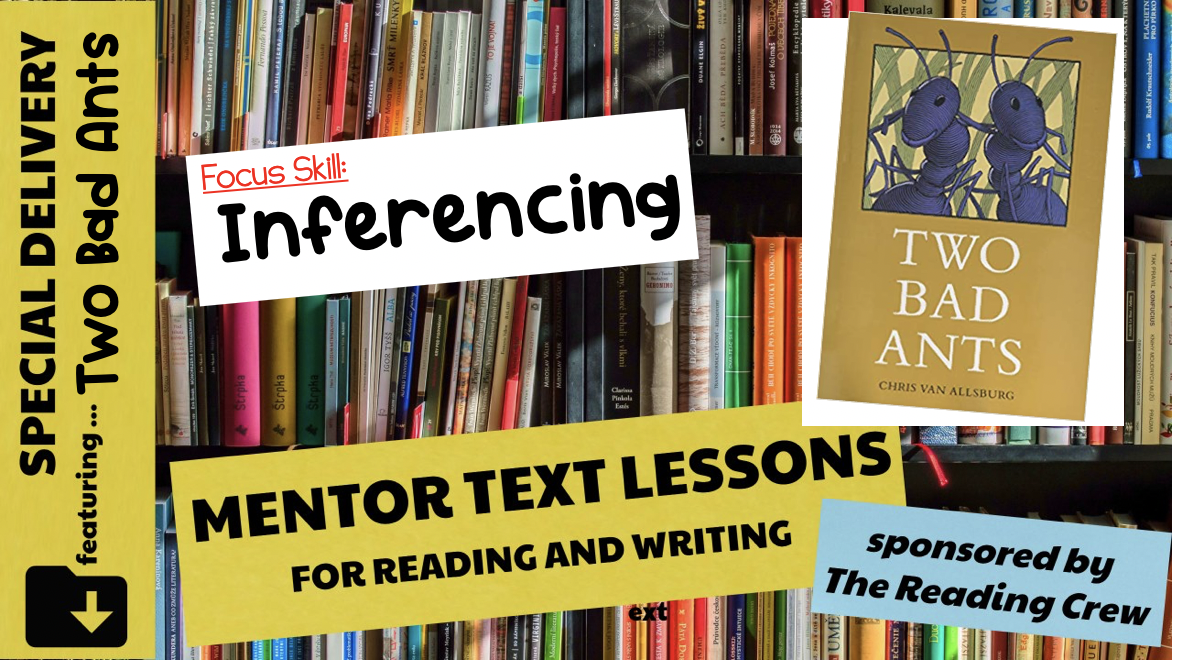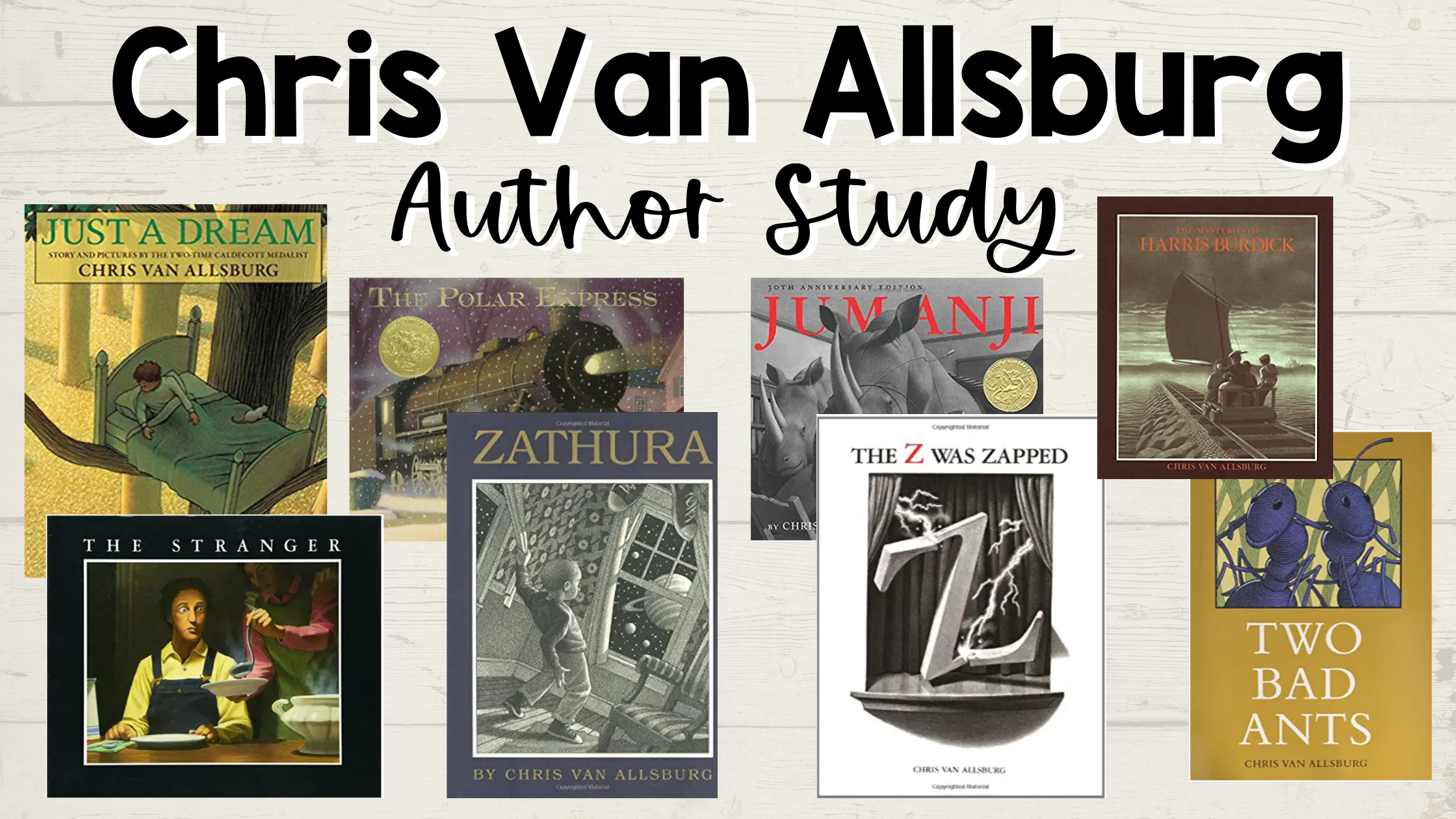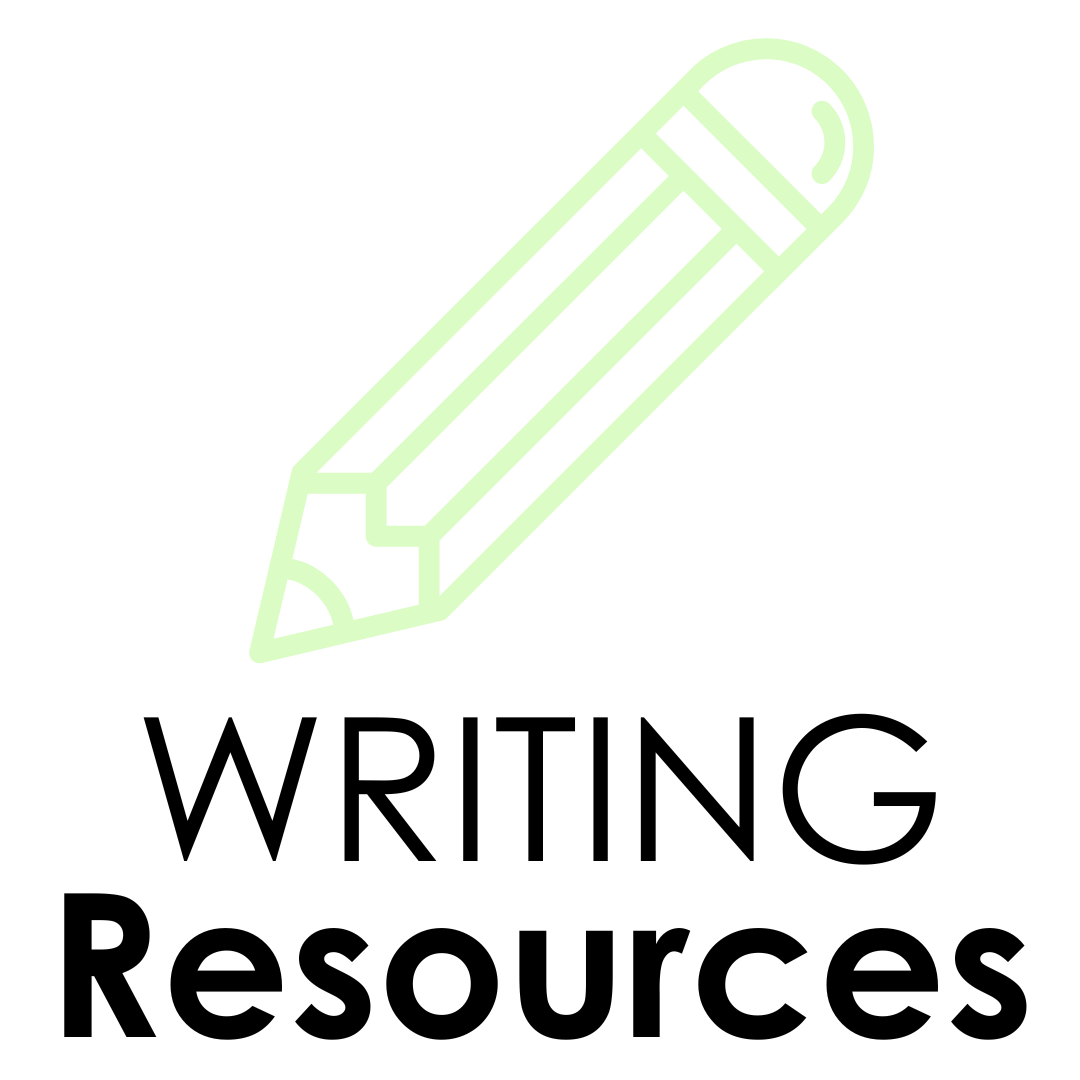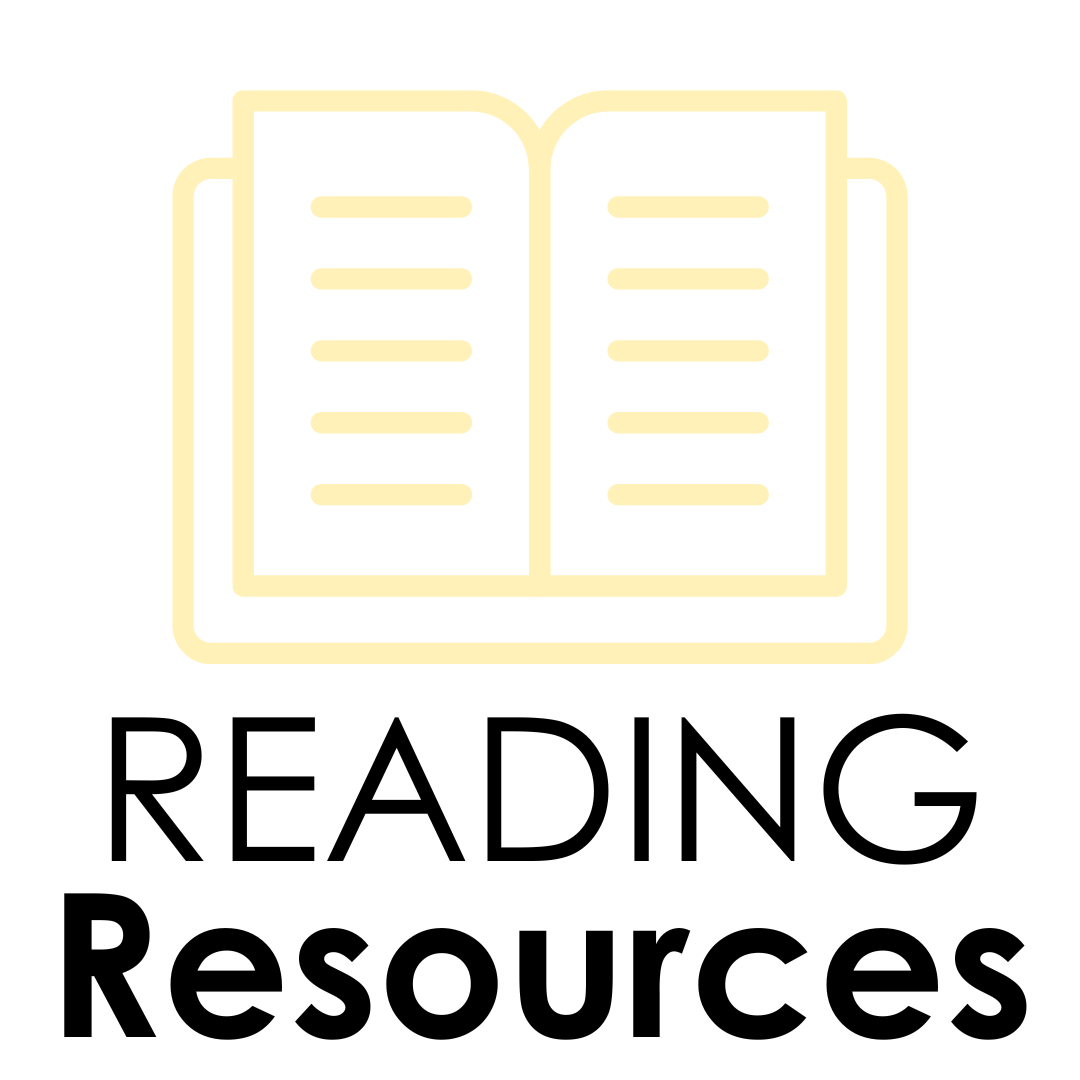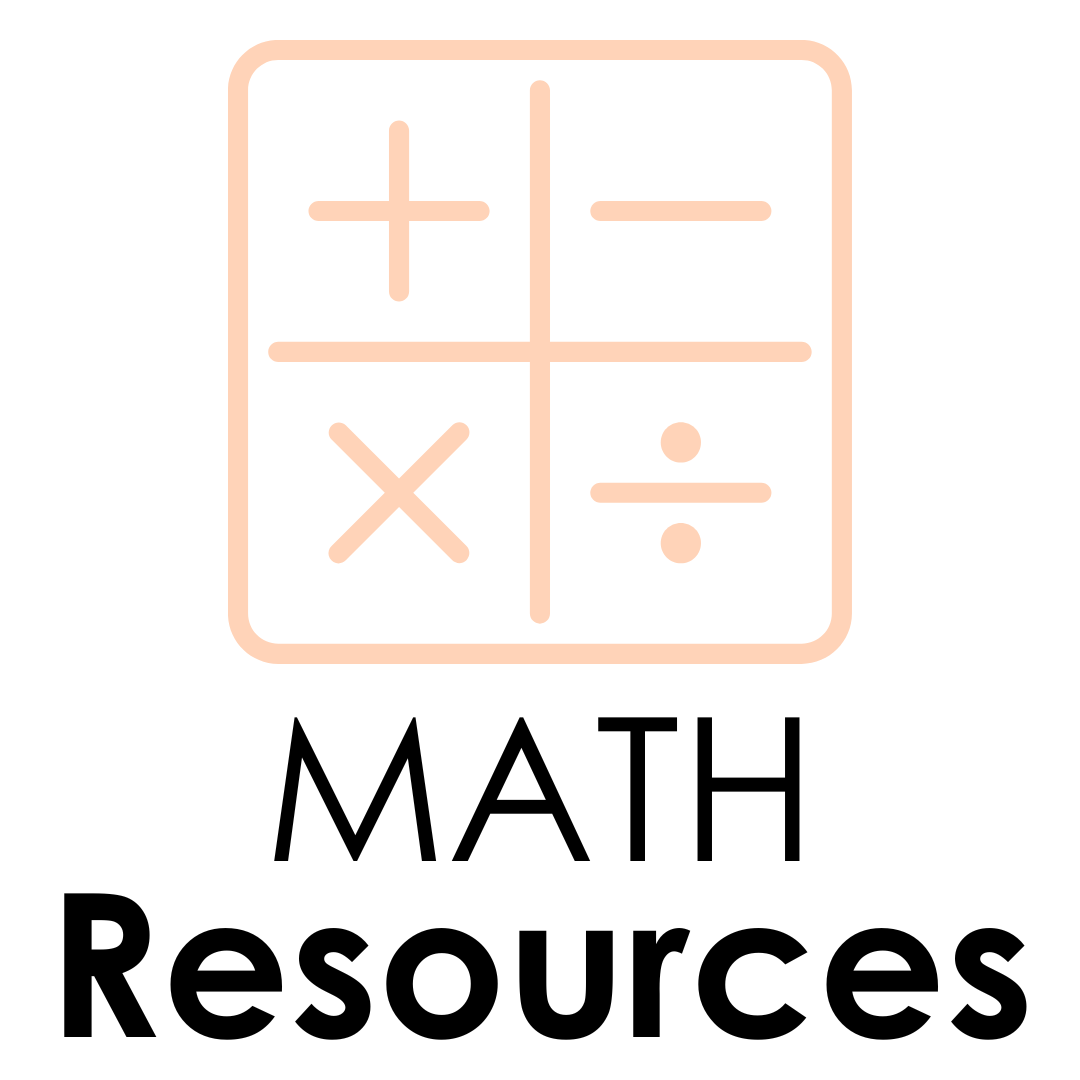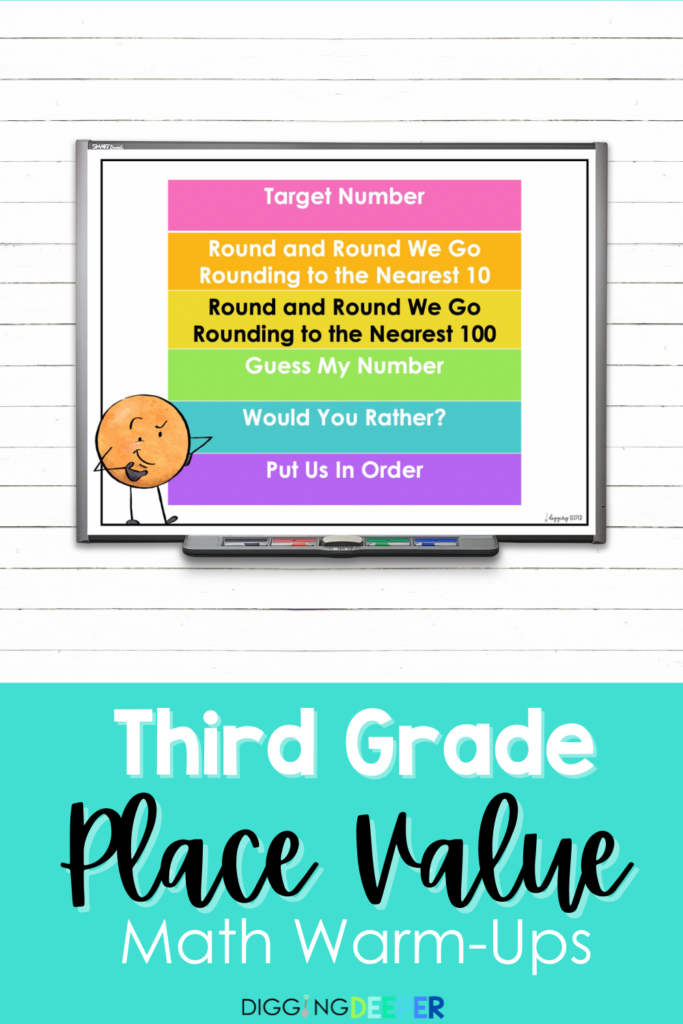Teaching inferencing with Two Bad Ants by Chris Van Allsburg.

The Reading Crew Blog Link Up
This blog post is written in connection with 18 other reading teacher bloggers. Each post has a lesson and a freebie to match the mentor text chosen for their blog’s post. View the links at the bottom to check out many wonderful posts!
Teaching students to make inferences is tricky because this skill requires that students think beyond the text. This is not always easy for them to do. As reading teachers in upper elementary, our biggest job is teaching students how to think about the text.In this post I will share how I use the text Two Bad Ants by Chris Van Allsburg to teach my students what it means to make an inference. This story is a must-have for your mentor text book collection. Click here to check it out on Amazon.

Book Summary: Two Bad Ants
Two Bad Ants is told from the point of view of two ants who stay behind in the sugar bowl instead of taking sugar back to their queen. The ants think the sugar bowl is the ultimate paradise for an ant, until morning comes and the human awakes and heads to the kitchen to make his morning cup of coffee. The ants are then thrown into a dangerous boiling brown lake (coffee) and they visit several other scary places in the kitchen before returning safely home.
With each new place they go, the ants give a description from their perspective. This makes this text the ultimate book for teaching inferencing to young readers, especially if you don’t show them the pictures first!
Before Reading: Introduce Inferencing
To first begin this new skill, I tell my students they will be reading like detectives. I tell them this means reading closely to notice things the author may not specifically tell them. Don’t forget that young readers are still new to the idea that “reading is thinking.” As their teachers, we have to help them understand how readers think about the text.
As I share what it means to infer, I make an anchor chart with my students to display in the room. I have also created this mini-anchor chart for my students to glue in their notebook.
My students add notes to their reader’s notebook each time I introduce a new skill. This is a great tool for them to refer back to when needed.

Whole Group: Teaching Inferencing with Two Bad Ants
Teaching inferencing with Two Bad Ants is a no brainer! The story is written in a way that leaves students guessing where the ants could be. When my students and I begin reading, I read the story aloud to them and I do not allow them to see the pictures. (This is a wonderful opportunity to review or introduce point of view.)
I read the first few pages and think aloud about what the “crystal” could be. For example, many students guess that the crystal is salt, so I refer back to the text and explain that the queen ant deems the crystal to be “the best thing she has ever tasted.” I reinforce the idea of using the text as a basis for their thinking.
I don’t show the pictures until after students have figured out the right location.
During our shared reading time, I also help the students figure out that the forest is the grass, and that the mountain is the wall of the house. I help them realize the ant has entered the house and is now in the kitchen. This lesson takes 30 minutes and is all I would complete on the first day.
Small groups: Reading the Text
On the next day, I break my students up into groups (3-4 students) and have them read the next few pages to see if they can determine where the ants are. This is my favorite day. This is when I can really see their thinking come alive!
I travel around the room, nudging each group when I notice they are stuck.
We meet together at the end and I read the pages aloud. I let students share their thinking and then show the pictures to help them see if they are correct or not. We display our thinking in an anchor chart.
After Reading: Comprehension Activities

For me, teaching inferencing with Two Bad Ants is one of my favorite reading lessons of the year. I love how I can almost feel their brains buzzing.
But, after my students finish reading the text, I do have them complete several comprehension activities. These include: reading response questions, character traits, a writing activity, and vocabulary practice. These activities are available in my Teachers Pay Teachers store.
I hope you’ll try teaching inferencing with Two Bad Ants! If you are looking for another inferencing lesson featuring Chris Van Allsburg, you can check out my post here for The Stranger.
Ready for more?!
Use the links below to find more Mentor Text reading & writing strategies, freebies, and giveaways. Thanks for stopping by and checking out my blog!

